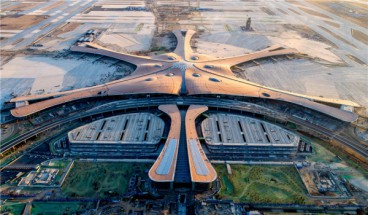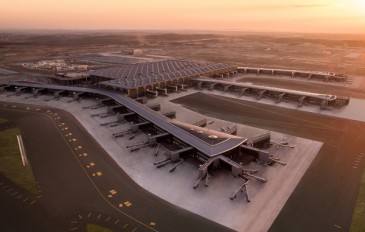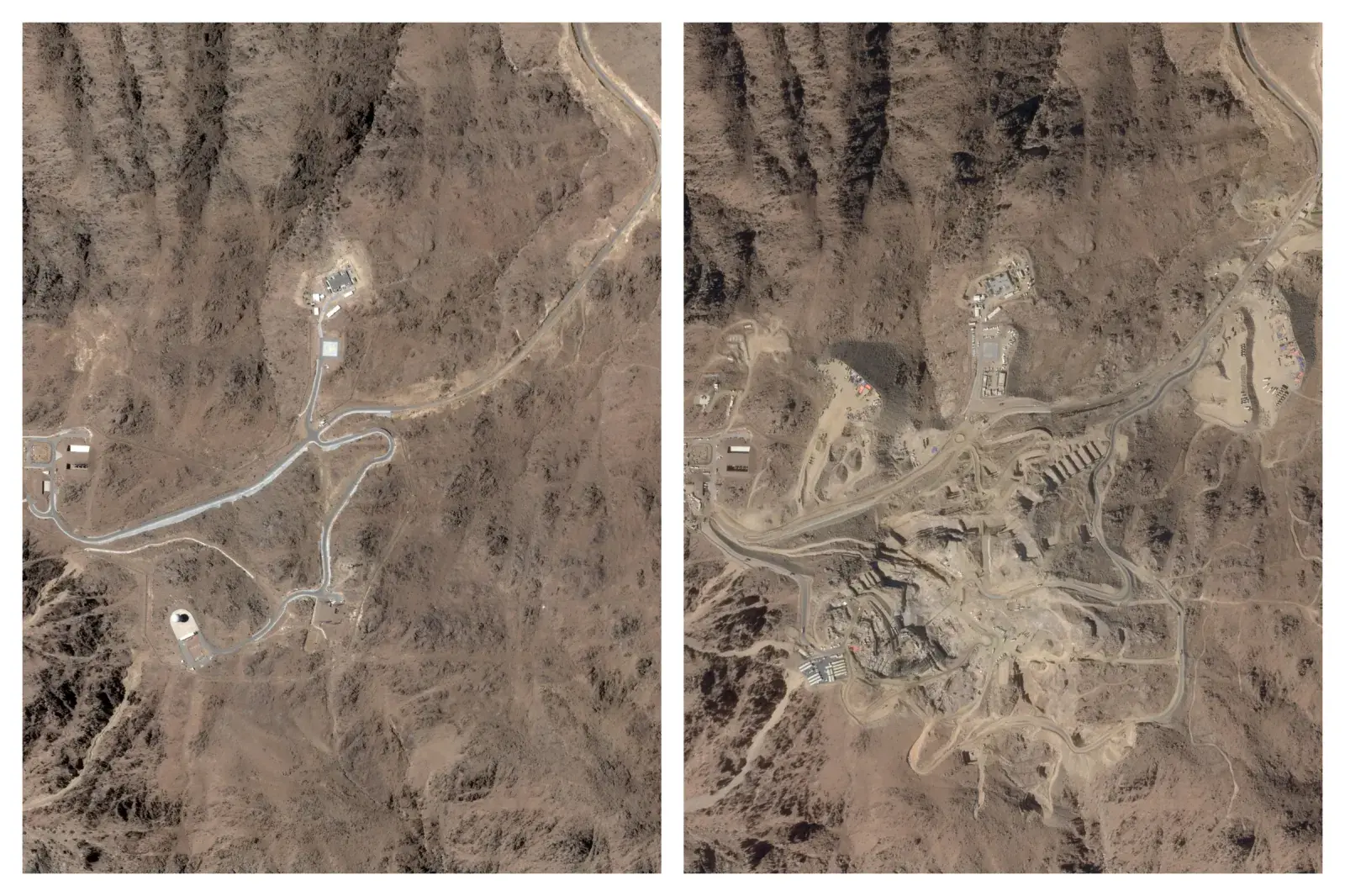Cambodia’s brand new Siem Reap–Angkor International Airport opens

Siem Reap–Angkor International Airport is Cambodia’s biggest and newest airport after its first phase opened on October the 16th.
The airport is located in the country’s northwest Siem Reap province and sits 40 kilometers east of the 162.6-hectare Angkor Wat temple complex, the world’s largest religious monument.
It came to replace the outdated Siem Reap International Airport, which was built in 1932.
More specifically, the previous airport faced capacity and pollution issues threatening the monument, in addition to being located too close to the temple, at approximately just 5 kilometers, which posed threats of tremors and acid rain to it.
At its current first phase, the new airport can support approximately 2 million more passengers than the old one, having a total capacity of about 7 million passengers.
This number is expected to increase further during the next two phases, reaching 12 million passengers by 2040 and 20 million passengers by 2050.
Furthermore, Siem Reap–Angkor cost about €1 billion to construct, while it was Chinese-funded, and is the first overseas international airport to be delivered under the Build-Operate-Transfer model, which in this case will have a 55-year duration.
The new airport’s construction started in 2020, and it occupies about 700 hectares of land, while featuring a 3,600 m. long runway. As for its design, it was inspired by traditional Cambodian architecture.
Finally, Cambodia has another new Chinese-funded airport underway, coming to serve its capital. This is going to be the Phnom Penh International Airport, which will occupy an area of 2,600 hectares and will come at a cost of €1.4 billion upon completion in 2024.
Sources: edition.cnn.com, travelradar.aero, www.chinadaily.com.cn, www.euronews.com
Media
Want to read more like this story?

The Billion-Dollar Airport Boom: 2025 Megaprojects Shaping the Skies
Jan, 14, 2025 | NewsAs air travel rebounds and infrastructure demands rise, U.S. airports are undergoing massive transf...

Beijing’s brand-new International Airport completed
Aug, 06, 2019 | NewsConstruction works have been completed in the brand-new Beijing Daxing International Airport which w...

Istanbul Airport to open its third parallel runway in summer 2020
Apr, 20, 2020 | NewsIstanbul Airport is close to open a third parallel runway in order to accommodate more air traffic b...

Future based Western Sydney Airport Completed Ahead of Schedule and On Budget
Jul, 09, 2025 | NewsThe Western Sydney International (Nancy-Bird Walton) Airport has reached substantial completion alm...

Plans for new skyscraper in Hong Kong's former airport
Nov, 25, 2020 | NewsA brand-new tower will be established in a place that used to be the main airport of Hong Kong. T...

A look into Poland’s new €8 billion airport
Dec, 01, 2023 | NewsPoland is moving steadily towards starting construction of its new €8 billion Centralny Port Komuni...

The Future of Air Travel: Inside the King Salman International Airport Megaproject
Aug, 23, 2024 | NewsThe King Salman International Airport (KSIA) in Riyadh, Saudi Arabia, is poised to redefine global...

Poland Opens Tender for CPK Airport Delivery Partner
Jul, 25, 2025 | NewsCentralny Port Komunikacyjny (CPK) has opened a tender to appoint a General Contract Engineer (GCE)...

Dubai Announces $35bn Construction of World's Largest Airport Terminal
Apr, 28, 2024 | NewsDubai has begun work on an ambitious $35bn (AED 128 billion) airport terminal that aims to be the w...
Trending

Vertical gardens in Mexico City to combat pollution

Characteristics of Load Bearing Masonry Construction

Taipei 101’s impressive tuned mass damper

Morocco Implements Landmark Dam Perforation to Combat Water Stress in Marrakech

Dutch greenhouses have revolutionized modern farming

The Line at Neom faces feasibility reassessment while construction continues

A new chapter for Sunderland: The £31 million Keel Crossing opens

